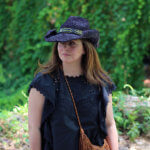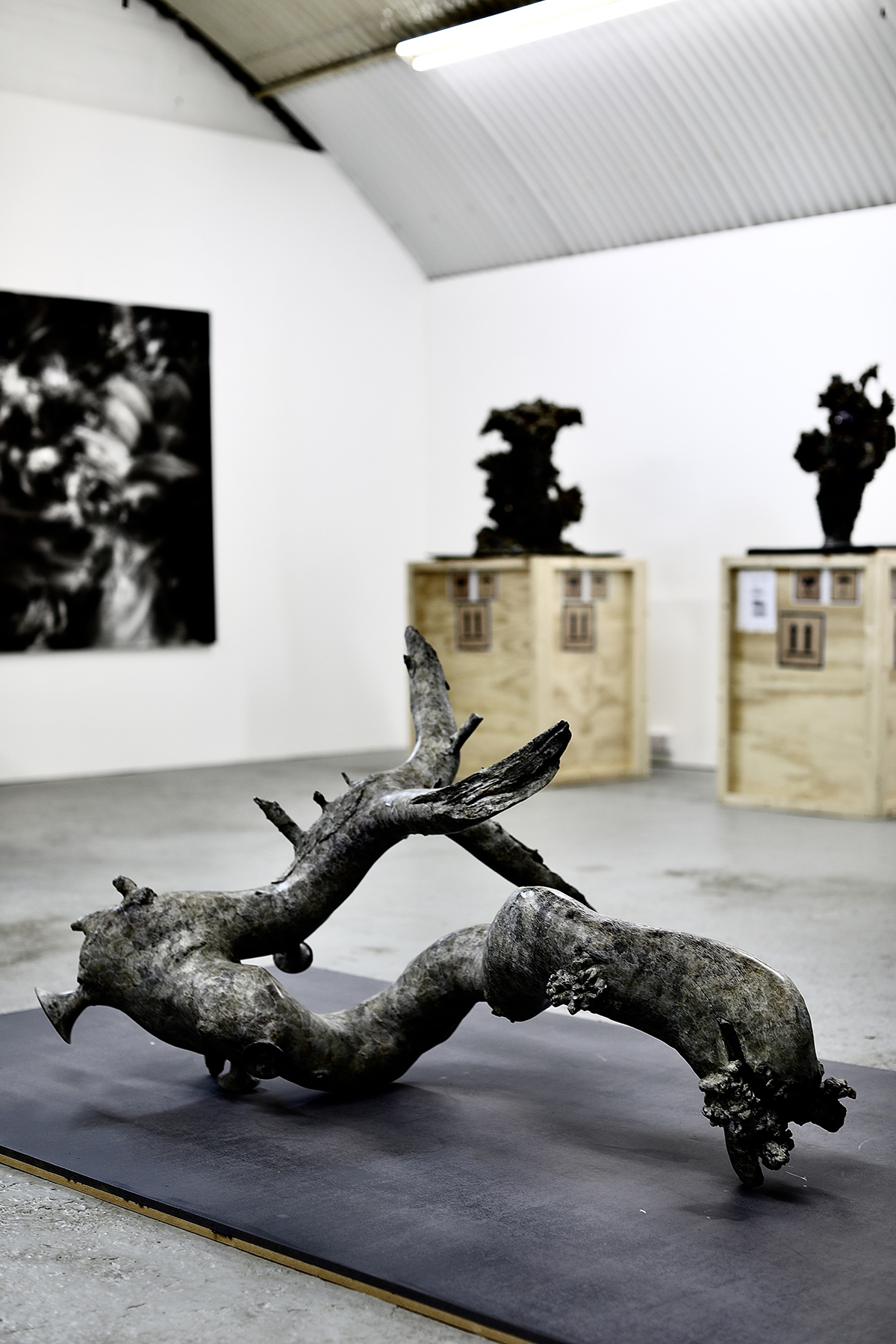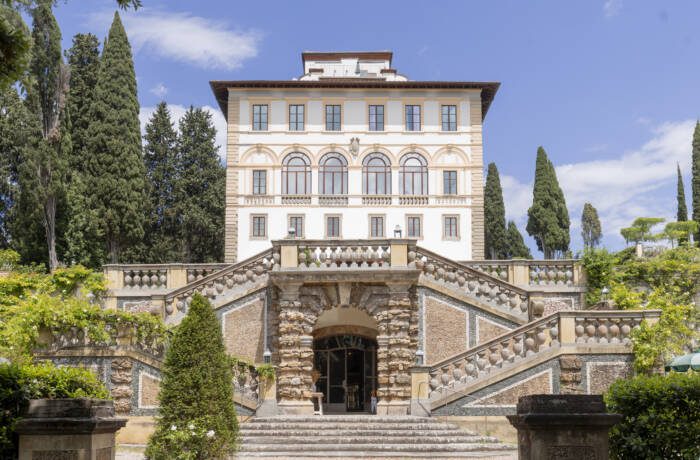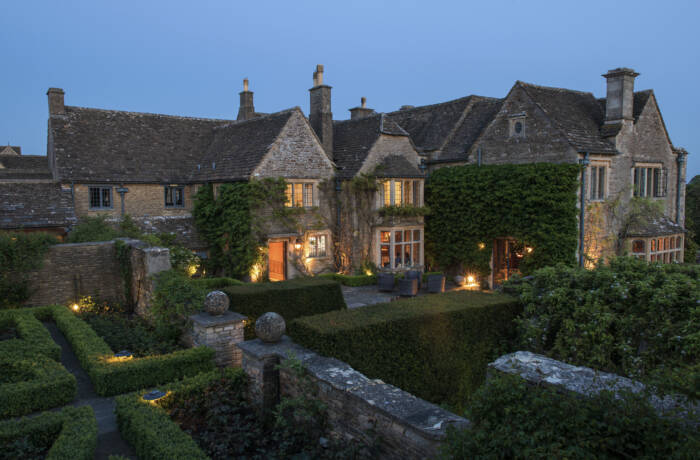
Untitled drawing by Hugo Wilson made with charcoal, black chalk, sandpaper and a sanding machine, paper mounted on aluminium. Photograph by Maryam Eisler
London-based artist Hugo Wilson works with drawing, painting and sculpture, combining images and techniques from Old Masters with contemporary references to create dynamic, layered artworks. LUX contributing editor Maryam Eisler visits his studio to photograph him and discuss refining his practice, creativity in lockdown and finding artistic freedom

Maryam Eisler
Maryam Eisler: Let’s talk about your surfaces.
Hugo Wilson: I think a lot of my work has been very clean in the sense that the surface is quite finished, and quite considered. Whilst I wasn’t particularly aiming for that, that is just how I work. People have said to me over the last few years, ‘You should be leaving thin bits… you should have thick bits…’ and that is fine, but there needs to be a good reason for it all. Just creating surface texture to please makes no sense to me. I am quite bloody minded. I am certainly not going to do something unless I think it is the right thing to do. But slowly, after five or six years, rubbing away has become a part of my practice. Re-painting has also become a part of it. In the case of these particular drawings, I have also pulled things out of seven or eight dark layers which are muddied or clashed to the point of a problem. Suddenly, a sanding machine seemed like the only option. What I realised is that textures were beginning to appear, but they appeared out of clean, conceptual ideas. That required intuition, that required pulling something out of a chaotic situation.
Follow LUX on Instagram: luxthemagazine
Maryam Eisler: There is also great physicality and dynamism involved in your process. Would you agree that the paintings possibly represent a stamping of your own collective energy?
Hugo Wilson: Not consciously, but I think that any great work of art that I love has an honesty of intention, and an honesty of process to reach that intention. In the case of these works, I have, maybe, in a way, understood that my intention is less fixed than I had previously wanted it to be. In the past, I had a plan which I delivered, one way or another, but in this case what I’ve realised is that having a plan is almost pointless. So, creating works that are borne out of an obstacle course make perfect sense. These works also refer to many things, without ever holding a single position. Obviously, collective consciousness then has to come into play.


Hugo Wilson (top), and one of the artist’s works in progress (below). Photographs by Maryam Eisler
Maryam Eisler: To me, it seems like you are referencing freedom?
Hugo Wilson: I feel freer today than I ever have felt. That is for sure. I think moving towards more confidence is what I’m doing do. I also think that a heart punch is far more powerful than a head punch.
Maryam Eisler: Less agonising over process?
Hugo Wilson: I think all artists have this immense problem when they walk into an empty room with an empty canvas or a piece of clay or a block of wood. So, we sort of have to have a strategy in order to start, but also, we need to remember to break the rules that we have imposed on ourselves and to trust in that process. It is hard because it requires dropping things that have worked whether that is making a successful work of art, or selling it, or being liked by curators. Just because you are an artist you are not immune from all that; I wish I was. This last year was really hard because I had success for the first time in my career, and then decided to suddenly throw a hand grenade into my own practice, but it got to the point that I couldn’t live with myself if I didn’t do it.
Read more: Diango Hernández’s disruptive Instagram art project
Maryam Eisler: Speaking of bombs, how has this COVID period affected your work?
Hugo Wilson: The last six months have been the best period of work that I have ever had, for two or three reasons. One, the imagined pressure of the art world sort of disappeared for a bit, which I liked. I also realised that I’m terribly untrendy. I think that what is going on in the art world may be a great thing, but the fact that I am not involved in it, is not something that I am bitter about. In a way, I have had to look at that and question ‘well, what does that mean?’ In my case it meant freedom, the freedom to truly know what you care about and want from this. And I think that the answer is to create something, that goes well beyond my own limits, consistently. It can be exhausting though.

A collection of Wilson’s charcoal works and sculptures. Photograph by Maryam Eisler
Maryam Eisler: Would you say it’s also about personal evolution and revolution?
Hugo Wilson: I think last year was particularly difficult because I had given myself a year to change my practice. I thought, okay I shall only do one show, which was the Berlin show I did earlier this year, which actually ended up feeling and going much better than I thought it would. I also had to have my right lung removed. I have been sober for many years since my mid 20s, for a good reason! And suddenly I was on morphine… It was tough, much tougher than I thought it was going to be, because I am one of those lucky people who nearly crashed and burned young, but didn’t. Most of my adult life, however, I have felt pretty happy, no more or less unstable than most other people. And then suddenly, I was right back in the darkness again, mentally. It was very frightening. At the same time, I was sitting in an empty studio. You know, I sound posh. I sound like I have had advantages that actually I didn’t. I was on big scholarships and so on, but actually, I set myself against the world quite early on. I have always been very intolerant of the “hippy artist” and the idea of self-indulgence. As an artist, it’s natural that you experience bleak periods where you don’t like your own work, but you are going to have to keep going into the studio to make it happen. I had one of those periods, quite a long one, and I can tell you, it is hell.

An untitled glazed ceramic sculpture. Photograph by Maryam Eisler.
Maryam Eisler: Now you have come out of that darkness with these wonders, and you’ve almost cut out all the noise …
Hugo Wilson: I am using a 300-gram paper on aluminium. This stuff can take a real beating. I am also using sanding machines and spikes, maybe even fire one day.
Maryam Eisler: And yet, you are classically trained.
Hugo Wilson: I am very classically trained, within an inch of my life!
Read more: Loquet’s Sheherazade Goldsmith on sustainable jewellery design
Maryam Eisler: Can you tell me about your early days in Florence?
Hugo Wilson: I remember going on a school trip to Venice when I was fourteen. I was sitting in front of a Tintoretto and I nearly cried. Now, I understand that I was completely moved by the power of the image, but not one part of me thought I was going to become Catholic. I think, in a way, that the sort of silly, ambitious, quite stupid, young man just thought, ‘I am just going to fucking learn how to do that. He did it, why not me!’ The classical training was, by the way, extraordinary. It was a seventeenth century atelier. There was the master, and everyone who had been there longer than they could teach you, and it was amazing; we drew from plaster casts for a year, before we could draw a naked person, and only two years later, could we actually paint. I do not regret the training at all, but it was a very difficult thing to unpick. It was very addictive. The point is: I was interested in that language, and I learnt it.


Hugo Wilson in his studio with charcoal works in progress (above) and an untitled bronze sculpture. Photographs by Maryam Eisler
Maryam Eisler: So, that old world story is in your DNA?
Hugo Wilson: I am an English man. The works I have seen throughout my life are from this tradition. Slowly, slowly I am getting far more interested in other traditions actually, like Japanese woodblocks for example. I have also always loved those medieval bronzes and the historical anomalies where you look at a bronze from the fourth century and then you look at a Japanese incense holder, and you realise that they are identical, and that idea is at the very core of my practice. That we don’t change. It doesn’t matter what colour you are, or what time in history you are from, we will create idols which speak to us viscerally. I am not really doing anything different. The advantage I have is the internet, two thousand years of art history available at my finger tips and the ability to compare and contrast, and initiate dialogues. Also, 200 years of psychology and human psychoanalysis, and the realisation that actually the human need to create is far more important to understand than what is actually being done.
Maryam Eisler: What inspires you today?
Hugo Wilson: I am far more interested in process than I have been for years. I’m also looking at artists like Auerbach and Kossoff. Lovely Bacon… sexy Francis! Physical Freud…I have equally realised that these intuitive works take a really long time to create. I know that sounds odd, but, in my case, it’s been twenty years of me in the making, from being classically trained to using a sanding machine!
Maryam Eisler: Why so long?
Hugo Wilson: The process is the reason why it took so long. I think I rather stupidly assumed and felt that these were big physical gestures done in a week, but no. I suppose growing older makes you relaxed. But did I trust the process even last year? No. And it was my wonderful panel maker, that called me and he said, ‘Hugo you have ordered ten panels last week, and I came into your studio and every single one of them has been painted on and then painted over. Are you okay?’ To which I said ‘I am not, actually!’ All of that feeds into what is happening now and the weird joy that I am experiencing. I am not often this joyful, trust me!

Artworks by Hugo Wilson. Photograph by Maryam Eisler.
Maryam Eisler: You seem able to seamlessly move across mediums. Your sculpture works in particular appear to be an extension of your paint brush, with a few ‘sculptural’ interventions.
Hugo Wilson: Yes, that is what I want. I think that, with these new sculptures particularly, I can be “brave” in a way that I would find trite if they were to be paintings. In a way, given that I have not had a formal training in sculpture, I feel I can be braver with it. I am taking an object and in a way re-contextualising it. Just like a scholar rock, but even a scholar rock is a ready-made. I think it talks about what I am interested in, which is the human need to make systemic ideology. Three thousand years of non-monotheistic history has been placed on these rocks. But, it’s a fucking rock! It is bonkers. These things are going in Christie’s for millions!
Even though I had classical training, I then did a very conceptual master’s degree at City & Guilds [of London Art School] and I had a brilliant tutor called Reece Jones. He was an absolutely wonderful man and a good artist. He was also an angry young man; he would punch me for saying that. Most importantly, he made me ask these questions before starting any artwork: Should this be an artwork? Should it be an artwork made by me? And if it should be an artwork made by me, what is the delivery? And in the case of these bronzes, they are far better than anything I could ever draw. I also like the surface which you really notice. I don’t want to talk about the history of sculpture at all. Hence, my choice of sand casted bronze with its non-finish look, like stone or wood. It is a finish which doesn’t hold any historical position, and that suits me.
Find out more: hugowilson.com
Follow Hugo Wilson on Instagram: @hugowilsonstudio








